We have all felt the frustration of engaging in a professional space —all-staff meetings or professional development—that doesn’t apply to art teachers. Enrolling in graduate coursework can be a similar experience as you’re often on an island as the lone art teacher, making it tough to get specific feedback and new ideas applicable to the art room. It can be even more maddening when you remember you’re likely paying for this experience.
The Art of Education University, however, gives you a more relevant and focused experience when everything and everyone is directly connected to art.
There is a variety of coursework offered, including a Masters of Arts in Art Education degree. After you’ve experienced one course, it’s easy to see what makes AOEU’s program so special.
Why take an AOEU graduate course?
There are so many valid reasons. First is the obvious benefit of participating in professional development to become a better teacher for your students. Some teachers might also benefit from a pay increase by furthering their education in credit hours or earning a master’s degree. Check with your district for details.
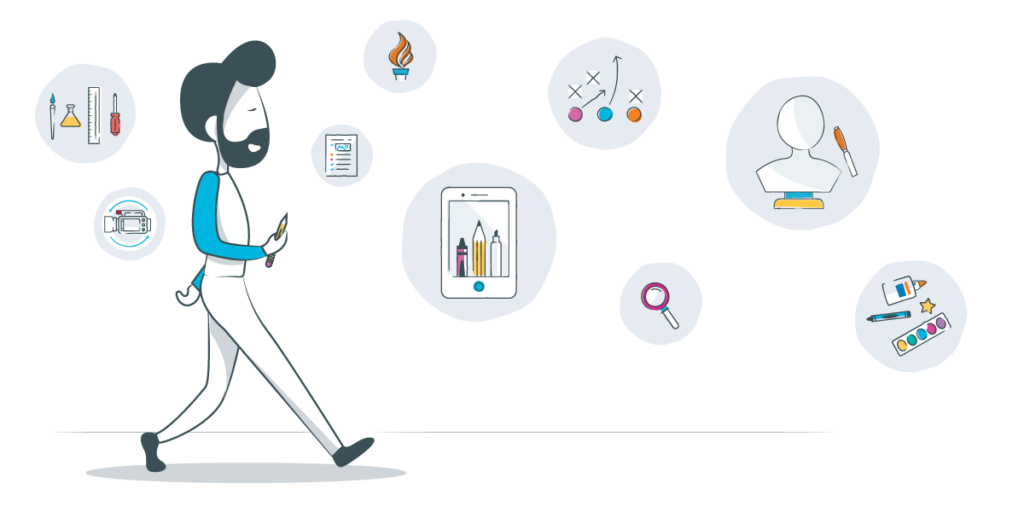
Another reason might be taking advantage of AOEU’s many studio-based courses that might not be offered at other colleges and universities. AOEU’s online format allows for the flexibility you might need to balance other aspects of your life. Over the past several months, I have had the opportunity to work with graduate students and learn more about AOEU’s program. In addition to these expected benefits, here are some major perks to AOEU’s program that truly make it a special experience.
Perk 1: Collaboration
One of the biggest advantages of AOEU’s program is being surrounded by art educators. The experience of sharing ideas, resources, and gaining other perspectives on art education is incredibly uplifting, especially for those who are the only art teacher at their school. Even if you are lucky enough to work with other colleagues, AOEU’s online structure means your classmates could be coming from different parts of the United States or even the world!
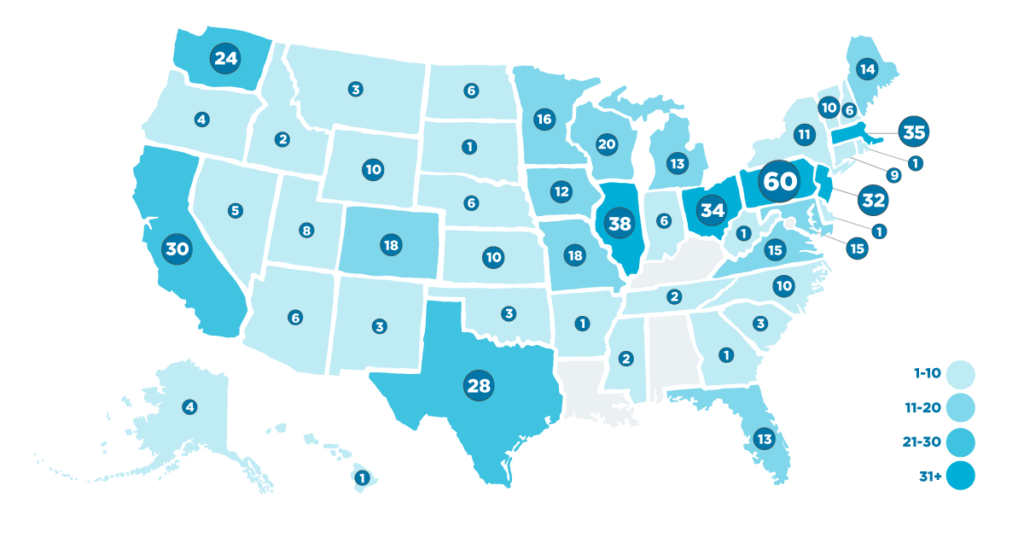
This diversity brings different perspectives on art education, school systems, teaching/learning, and different school communities. Increasing your awareness of education and other successful models of art education can give you a new perspective on working with students and your school community. You’ll also hear what other teachers are doing to support students, set up their classrooms, and build their curriculum. Learning about all of these teaching strategies will help increase your own toolbox. After each course, you’ll likely walk away with the excitement and motivation to try a number of these ideas in your classroom.
See the full list of courses available.
Perk 2: Resources
Throughout each course, you’ll interact with resources that provide new ideas and varied perspectives.
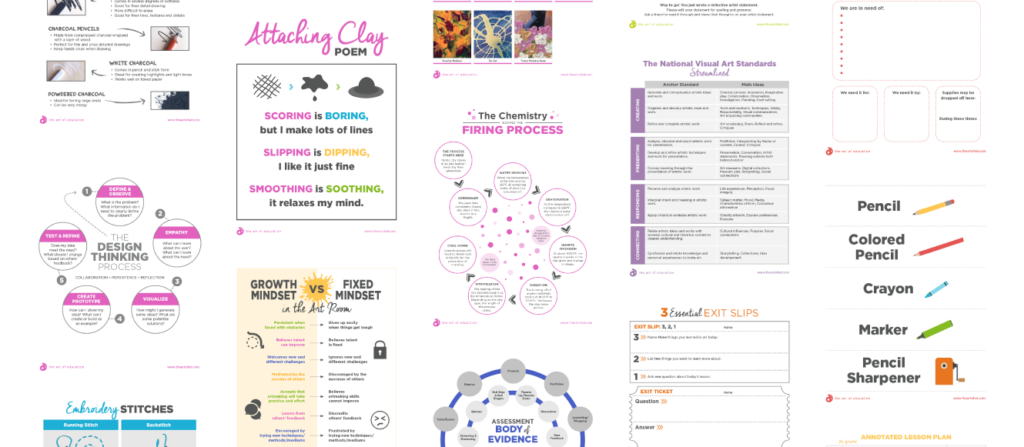
These include articles, videos, and hearing from other art educators. The resources are tied directly to the coursework but can also be an investment for the future.
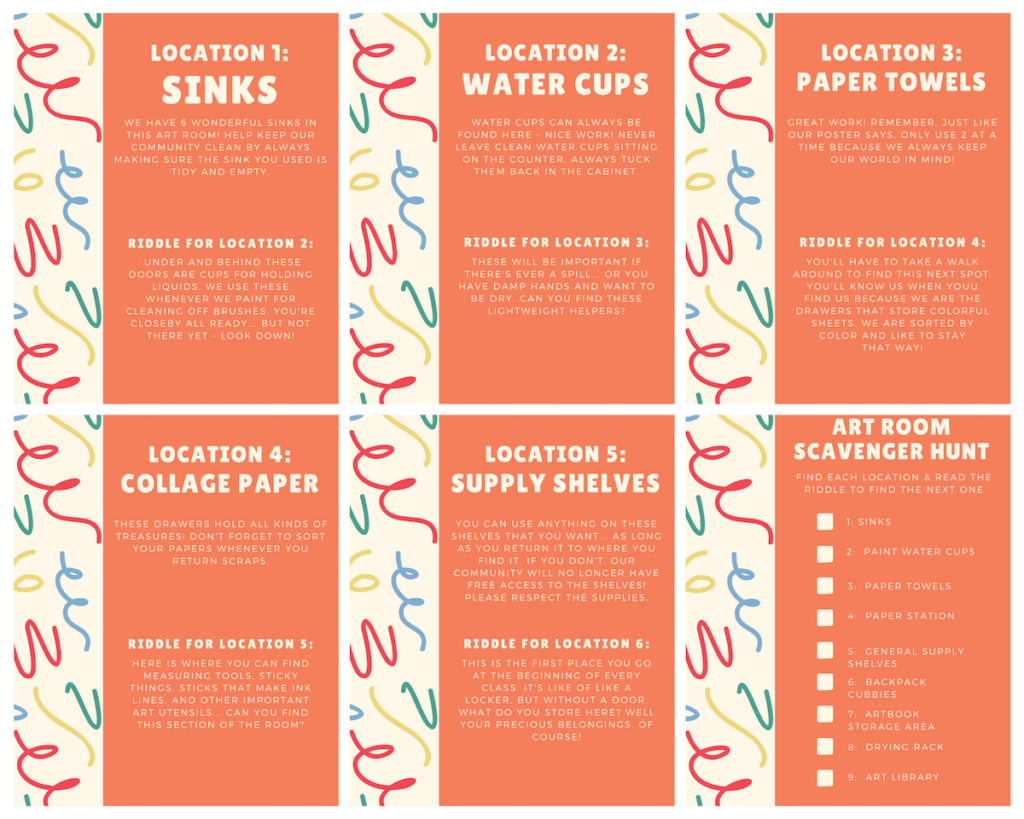
Throughout your experience, you can build a bank of resources to use well beyond your course. You will learn about new organizations and people to connect with to receive updates on their work.
Perk 3: Reflection
During your day-to-day teaching life, it’s easy to get bogged down with the logistics of making sure the studio stays clean, kids are safe, and great art gets made. While AOEU’s coursework gives you technical ideas and strategies, these are balanced with opportunities to really reflect on your practice and philosophies.
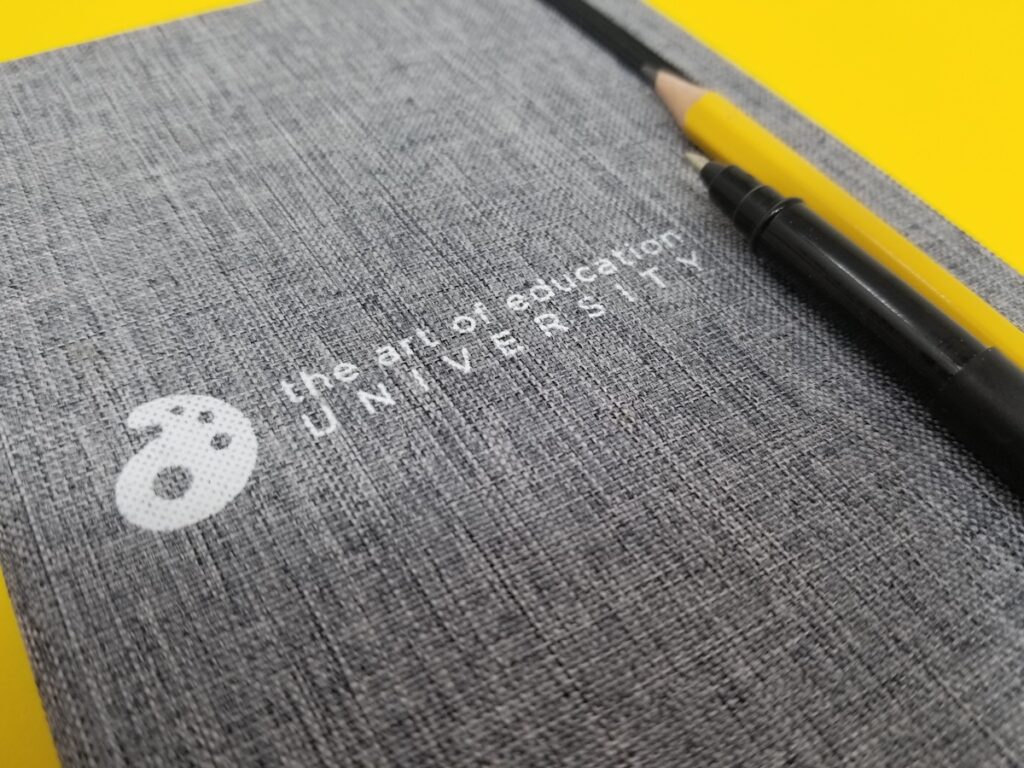
Revisiting your “why” and reminding yourself of the values that drive your work is important to a lasting and successful career. Weekly responses from your peers and instructor can also help you further develop your approaches to working with students and art education. Discussion board activities will affirm much of what you’re doing and give you some new questions to consider.
Learn more about AOEU’s master’s degree program.
Perk 4: Results
The Art of Education University’s relevant professional development is reflected in the coursework and assignments. The weekly assignments allow teachers to apply what they’ve learned toward a new teaching tool that can be directly used in the classroom—for example, a new project for students or a revised plan for your own classroom management. The studio courses also provide opportunities for you to improve your teaching by creating your own artwork. The direct connections to your classroom and teaching eliminate the feeling of “busy work” and create a clear sense of purpose to better support students.
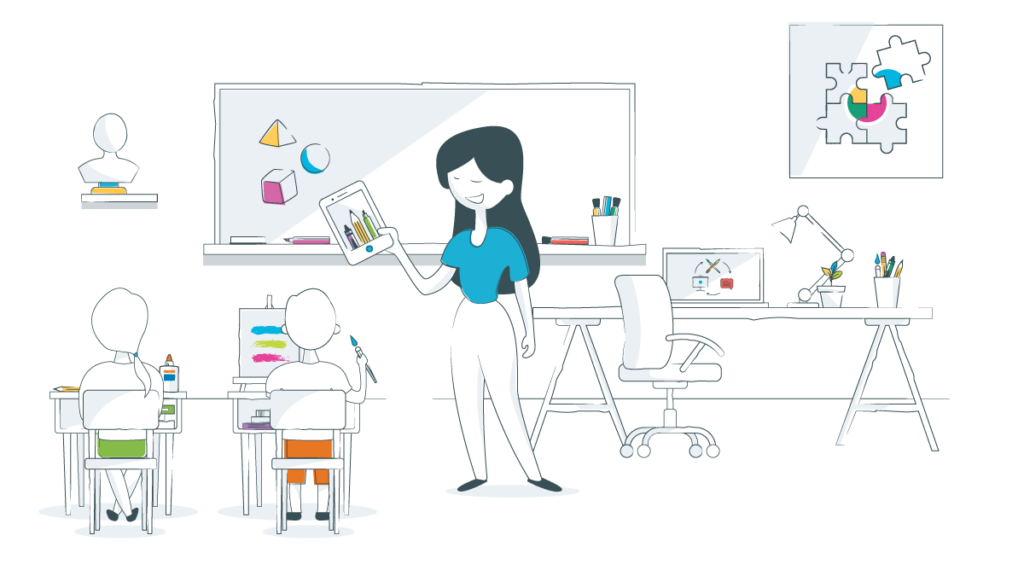
Learn More:
Finding the Time to Take an Online Course
What Really Goes into Building an AOEU Graduate Course
How Taking a Graduate Course is Saving Me Right Now
Teaching, Parenting, and Pursuing a Degree, You Can Do It!
Understanding Financial Aid and Loan Options for Your Master’s Degree
Enrolling in a graduate course or master’s degree program is an exciting opportunity for your professional growth. AOEU’s program stands apart from other educational graduate programs because it has been developed specifically for art educators by art educators. This level of focus creates an engaging and relevant experience each step of the way. After collaborating with art teachers throughout each course, you are sure to walk away with an updated inventory of ideas, strategies, and resources to bring back to your students.
What did you enjoy from taking an AOEU course?
What courses would you like to see offered by AOEU?
Magazine articles and podcasts are opinions of professional education contributors and do not necessarily represent the position of the Art of Education University (AOEU) or its academic offerings. Contributors use terms in the way they are most often talked about in the scope of their educational experiences.




